Maardu manor
Maardu manor is separated from the town of Maardu by the Tallinn–Petersburg road. A three-kilometre straight road, called Manor road, takes you from the big road to the manor. On the one side is the Maardu lake and on the other, the southern pit of the Maardu phosphorite mine.
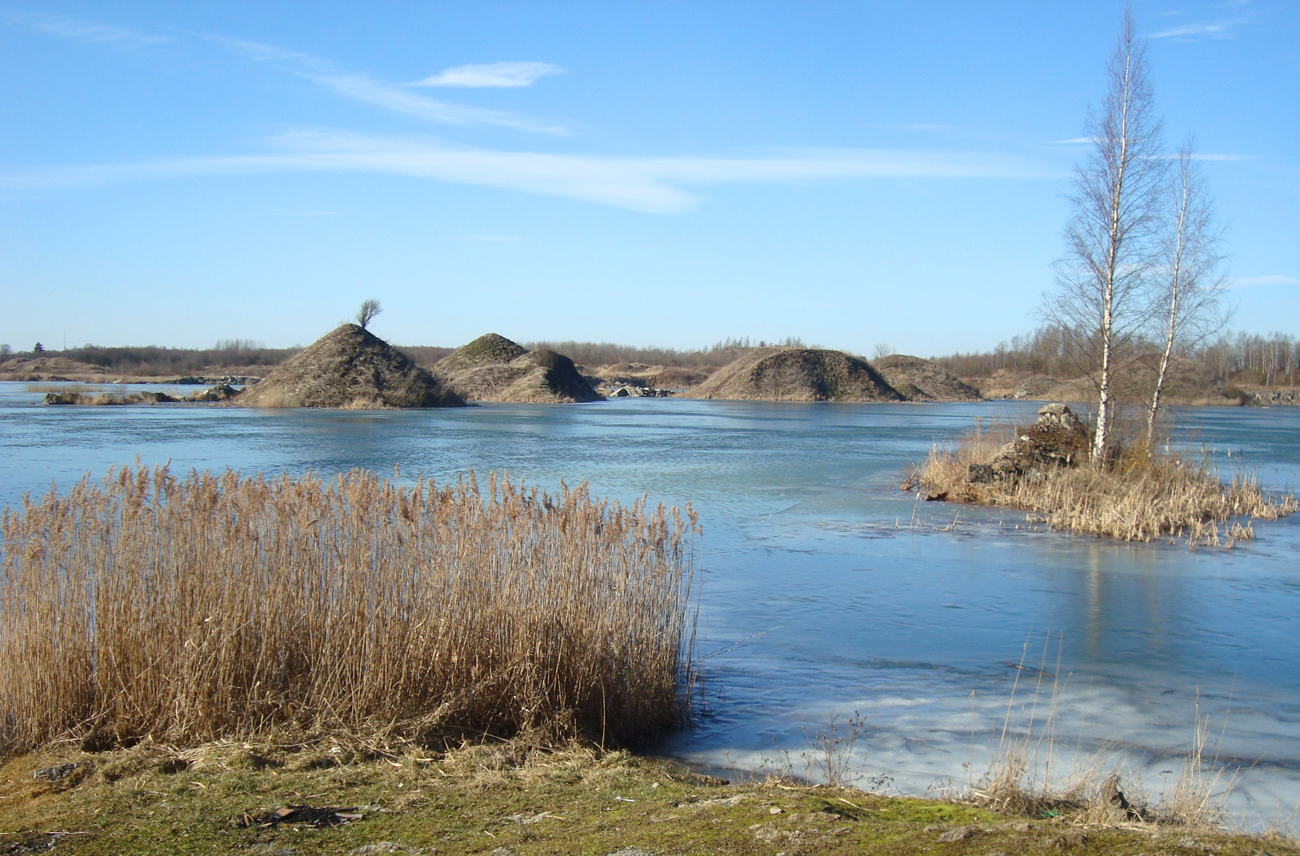
We, however, approach the Maardu manor from Vandjala village, along the southern edge of the Maardu southern pit, and first walk through the limestone pit to the mill of the Maardu manor, which is visible from far across the fields.
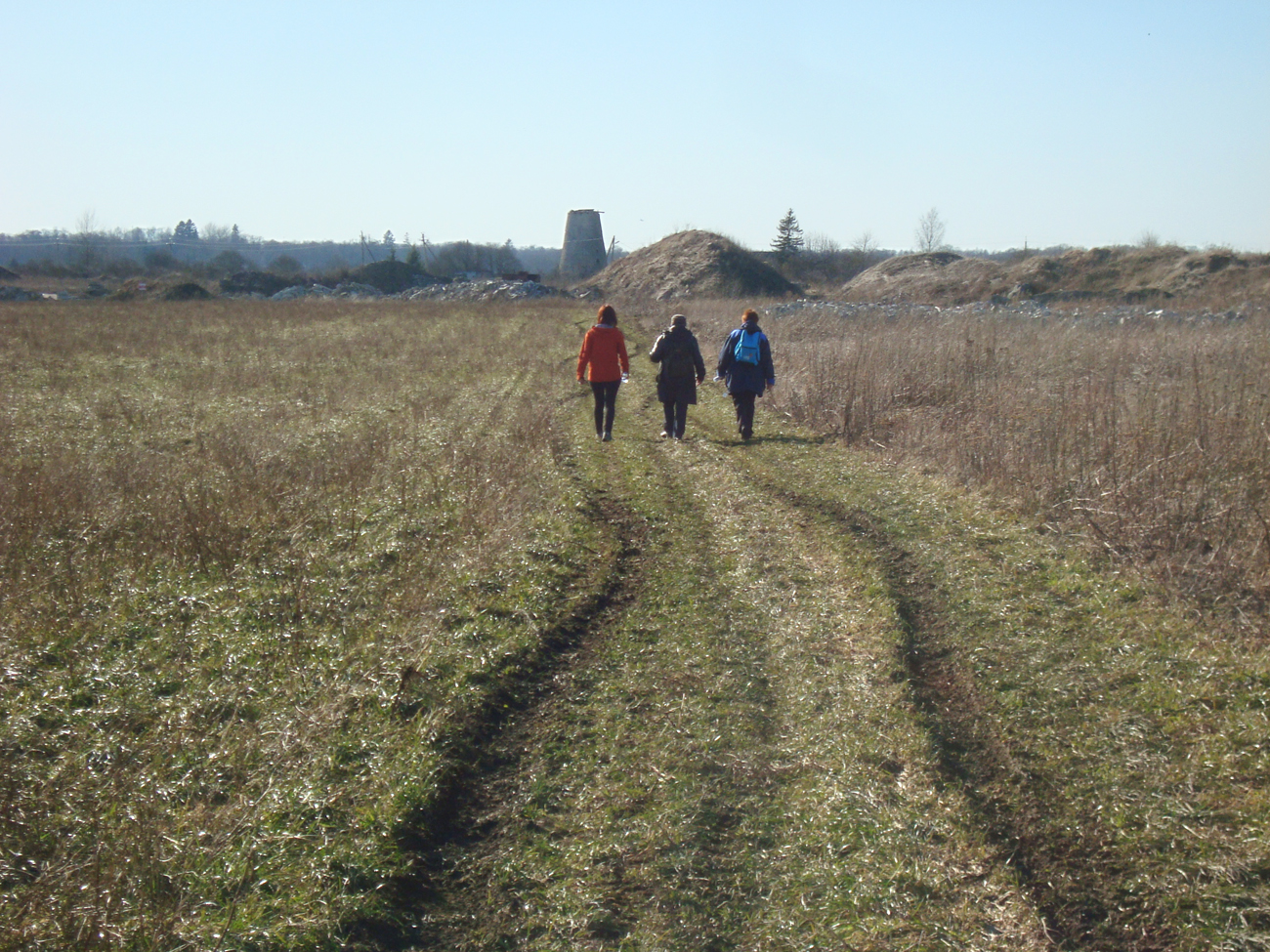
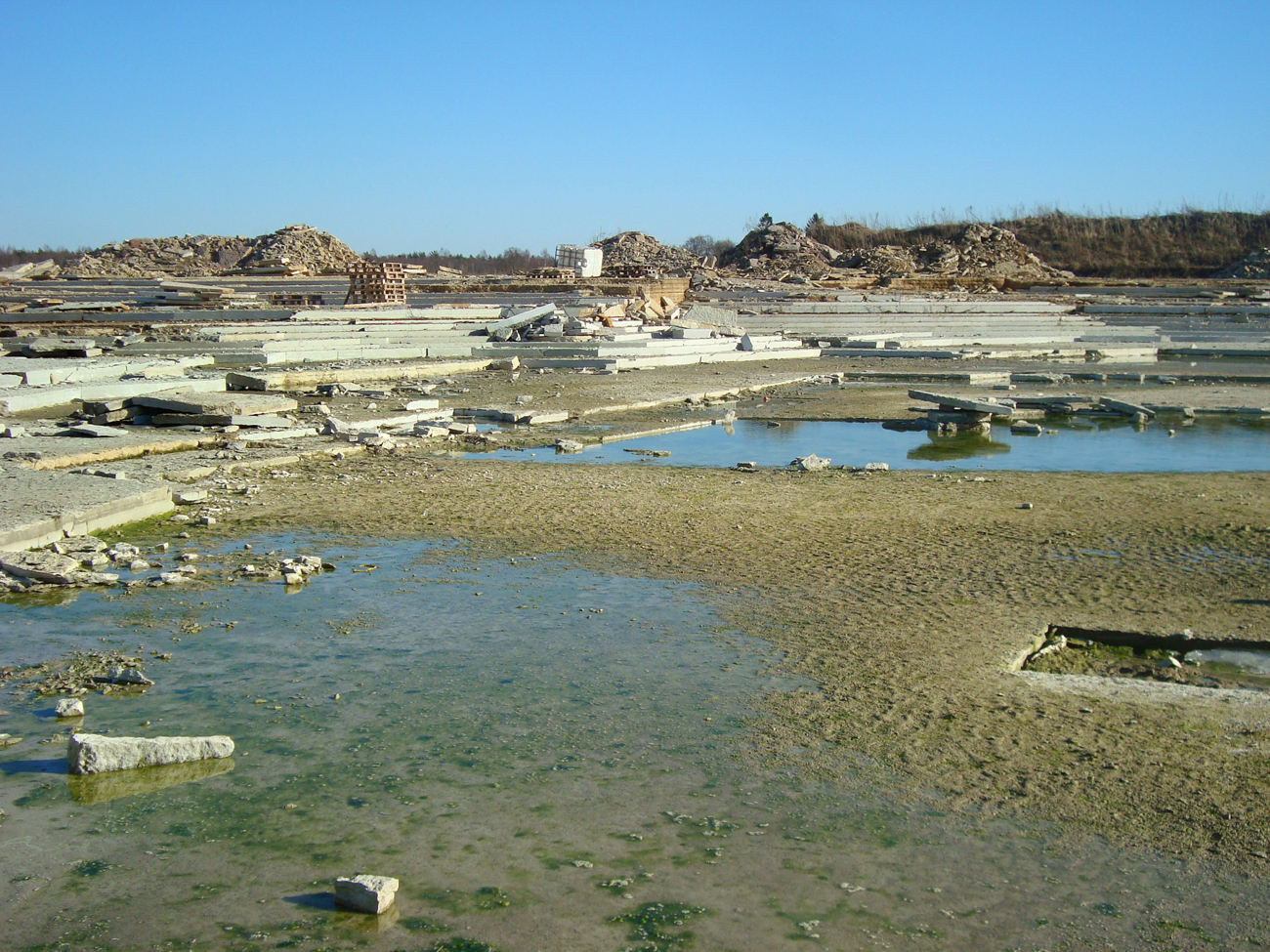
From here, the Veski road takes us to the manor. The whole area is densely dotted with our ancestors' stone graves and cult stones – we are in a historical cultural landscape.
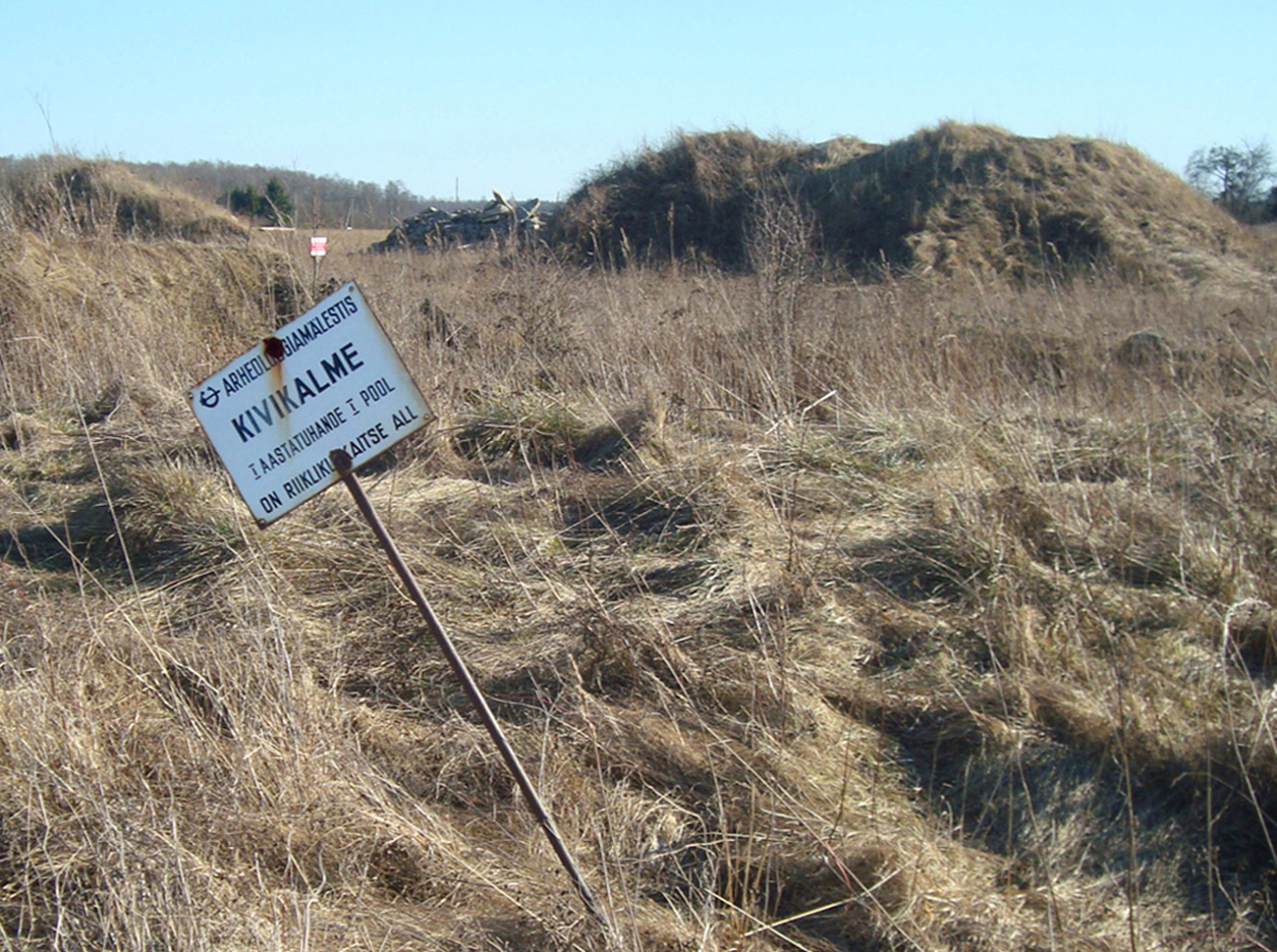
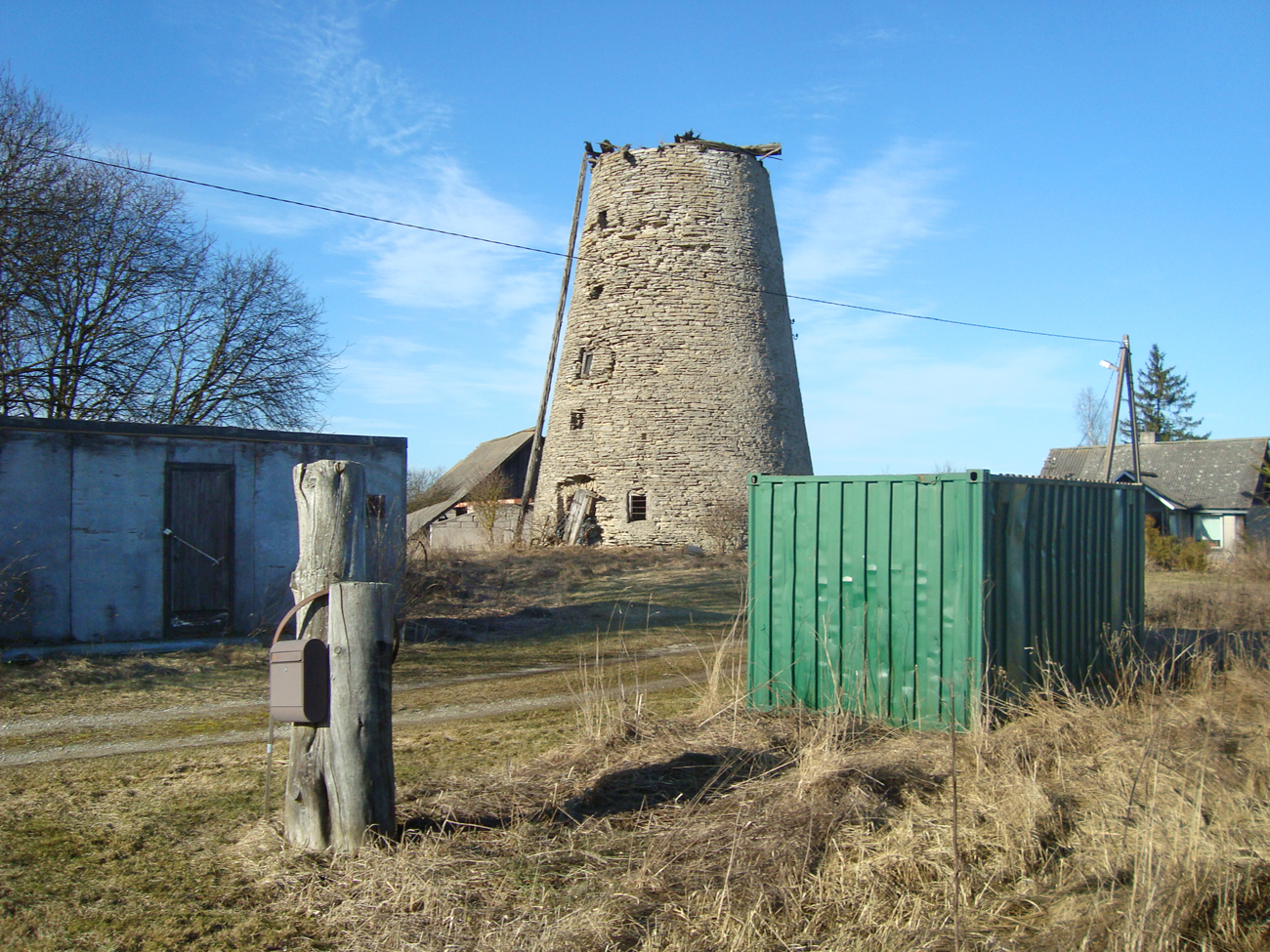
Maardu village (Martaekilae) was first mentioned in 1241, whereas the history of Maardu manor (Maarthe) reaches back to 1397.
The current baroque mansion of the manor was built in the second half of the 17th century. The design was produced by the Swedish major-general and architect from Pärnu, Jacob Stael von Holstein. He also designed several houses on Toompea Hill in Tallinn and the Palmse manor. In the 19th century, lower wings and a winter garden were added. A distillery, a stables-coach house, a barn house and a well would follow.
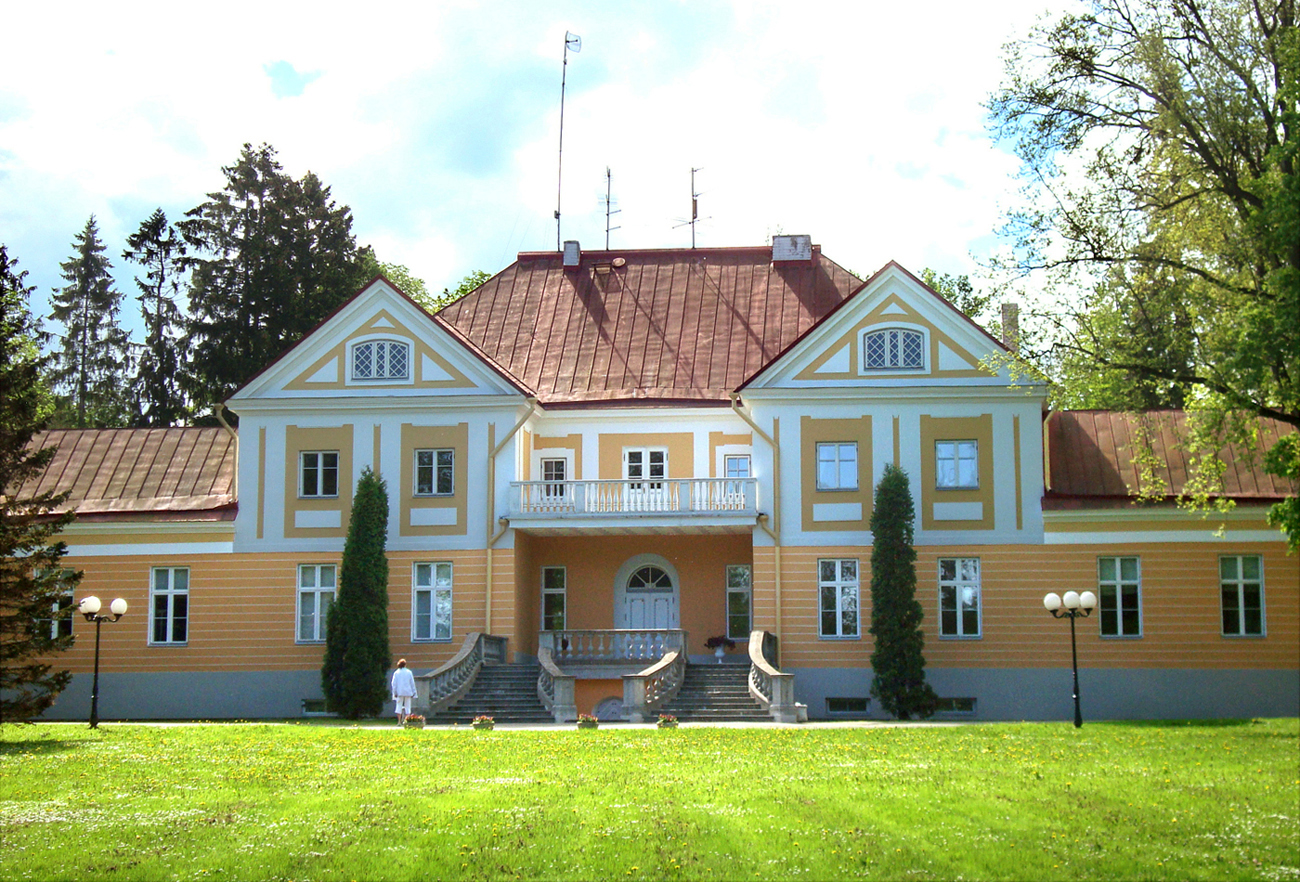
Peter the Great once stayed at Maardu mansion, which was owned by his wife, later Empress Catherine I.
The worthiest owner of the Maardu manor was Hermann Jensen von Bohn (1672–1743), of Danish extraction, who was a general in the Russian imperial army. In 1739 he and his wife Katharina von Brevern donated 3900 thalers for printing the first Estonian-language Bible. 6015 copies were printed, widow von Bohn took 3543 and donated 1746 books to Harju-Jaani and Jõelähtme churches and 1361 books to the school of the poor of the Tallinn Cathedral school. Von Bohn also established 16 village schools on his lands, where teaching was done by literate peasants, including the first two women teachers (!) in Estonia. The current owner of Maardu manor, the Bank of Estonia, erected a monument to von Bohn in the manor park (sculptor Mati Karmin).
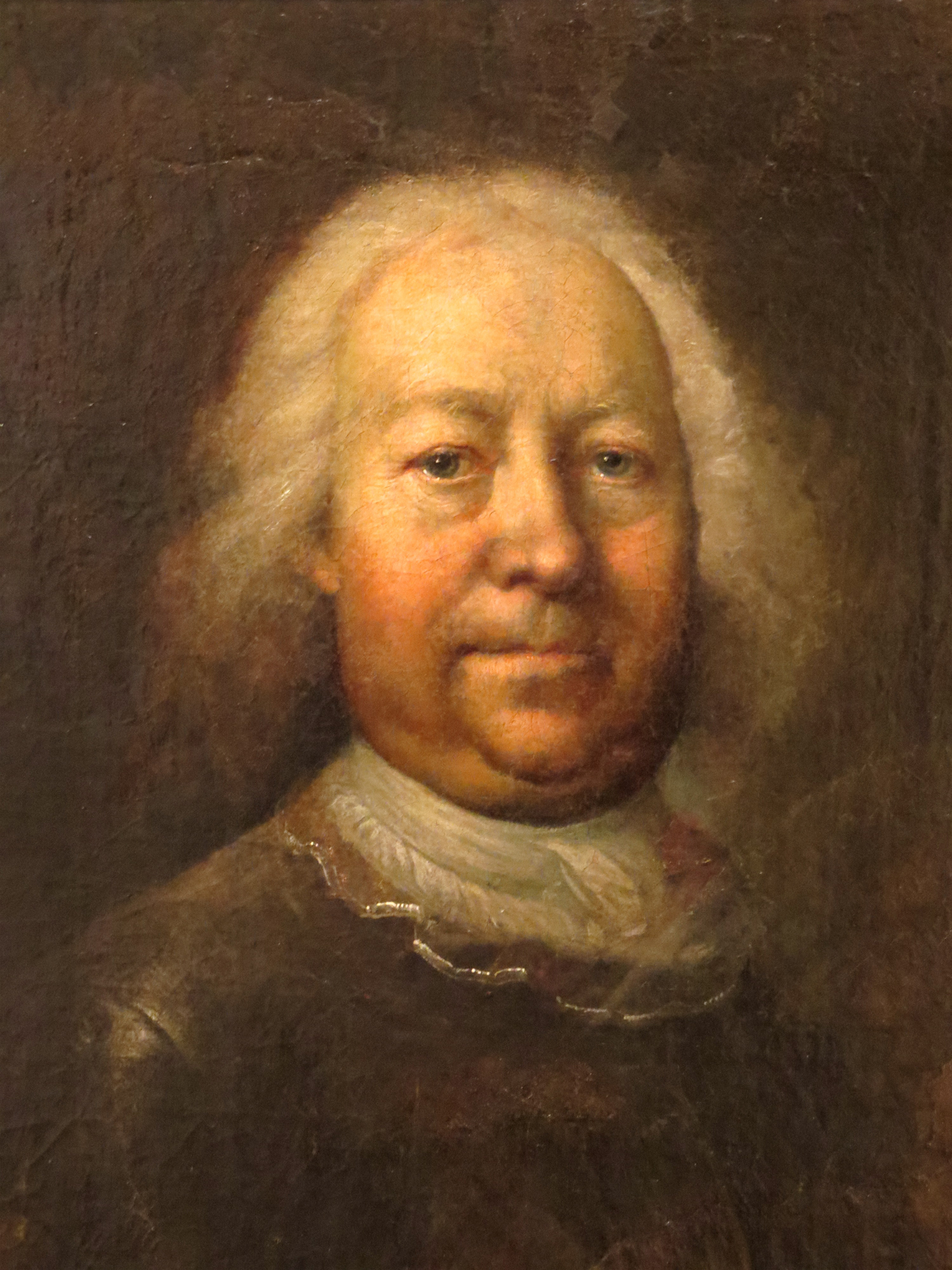
1919–1956 the mansion housed Maardu primary school.
In 1956 the collective farm centre was established there; later it became the centre of the Kostivere state farm (the state farm renovated the building in 1976–1979).
In 1980 the manor came into the possession of the Tallinn Poultry Farm.
On 19 and 20 January 1991, Maardu manor hosted a meeting of the democratic movements of the subjugated peoples within the Soviet Union. There were over 100 participants. The KGB cars drove around the manor park and the border guards’ Maardu cordon was put on a state of emergency.
The Bank of Estonia bought the manor in 1992, operating it as a study and holiday centre. It is currently on sale.
Maardu manorial complex and the large park surrounded by a fence wall is listed as a local architectural monument. The complex also belongs to the Rebala heritage reserve.
Lagle Parek, 2015
